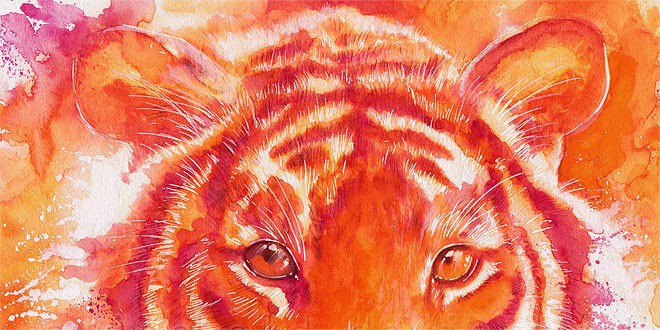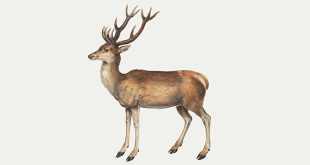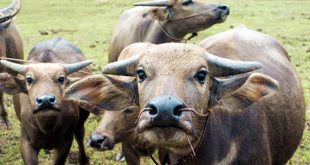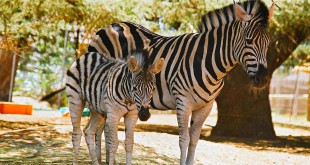| Species: | Panthera tigris |
| Genus: | Panthera |
| Kingdom: | Animalia |
| Family: | Felidae |
Highly adaptable, tigers range from the Siberian taiga to open grasslands to tropical mangrove swamps. They are territorial and generally solitary animals, often requiring large contiguous areas of habitat that support their prey demands. This, coupled with the fact that they are endemic to some of the more densely populated places on earth, has caused significant conflicts with humans. Of the nine subspecies of modern tiger, three are extinct and the remaining are classified as endangered, some critically so. The primary direct causes are habitat loss and fragmentation and hunting. Their historical range, which once reached from Mesopotamia and the Caucasus through most of South and East Asia, has been radically reduced. While all surviving species are under formal protection, poaching, habitat destruction and inbreeding depression continue to be threats.
Nonetheless, tigers are among most recognizable and popular of the world’s charismatic megafauna. They have featured prominently in ancient mythologies and folklore, and continue to be depicted in modern films and literature. Tigers appear on many flags, coats of arms and as mascots for sporting teams and serve as the national animal of several Asian nations.
Tigers are the heaviest cats found in the wild, but the subspecies differ strongly in size, tending to increase proportionally with latitude, as predicted by Bergmann’s Rule. Large male Siberian Tigers (Panthera tigris altaica) can reach a total length of 3.5 m and a weight of 306 kg. Apart from those exceptional large individuals, male Siberian tigers usually have a head and body length of 190-220 cm and an average weight of 227 kg (The tail of a tiger is 60-110 cm long). The heaviest siberian tiger was 384 kg, but according to Mazak these giants are not confirmed via reliable references. Females are smaller, even those of the large Siberian and Indian subspecies weigh only between 100 and 181 kg. Isle tigers like the sumatran subspecies (P. t. sumatrae) are much smaller than mainland tigers and weigh usually only 100-140 kg in males and 75-110 kg in females. The extinct Bali Tiger (P. t. balica) was even smaller with a weight of 90-100 kg in males and 65-80 kg in females.
Adult tigers are fiercely territorial. The size of a tiger’s home range mainly depends on prey abundance, and, in the case of male tigers, on access to females. A tigress may have a territory of 20 km while the territories of males are much larger, covering 60-100 km. While females can at times be aggressive towards other females, their territories can overlap and they do tolerate each other. Males, however, are usually intolerant of other males within their territory. Because of their aggressive nature, territorial disputes can be violent, and may end in the death of one of the males. To identify his territory, the male marks trees by spraying urine and anal gland secretions on trees as well as by marking trails with scat. Males show a grimacing face, called the Flehmen response, when identifying a female’s reproductive condition by sniffing their urine markings.
- How To Draw Tiger
- Black Stripes Of Tiger – Story By Dr. Manjari Shukla
- The Tiger – William Blake Poem
- International Tiger Day
- Scary Tiger Face Painting
- Where do tigers live?
- How much does a tiger eat?
- How is an Amur tiger different from a Bengal tiger?
- Tiger Coloring Pages
- Tiger – Mammals Encyclopedia
- Tiger Chinese Horoscope, Traits, Compatibility
 Kids Portal For Parents India Kids Network
Kids Portal For Parents India Kids Network







